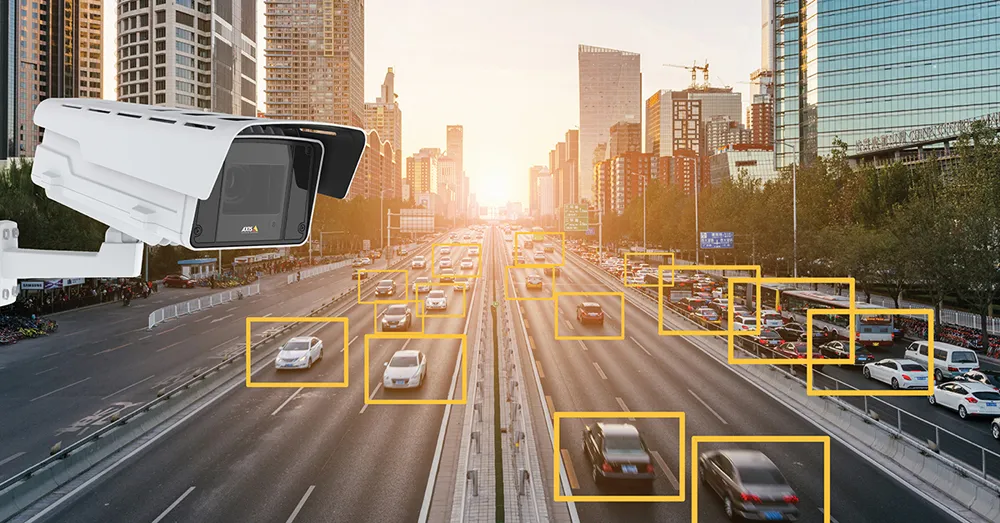The latest camera from high performance digital camera manufacturer Point Grey, the Grasshopper3, is the world’s first machine vision camera family to combine CCD technology with a USB 3.0 interface, says the company.
The first Grasshopper3 camera model, the GS3-U3-28S4, has a maximum frame rate of 26 FPS and features the Sony 2.8 megapixel 1/1.8” ICX687 EXview HAD CCD II sensor. A full line-up of Sony CCD-based models is planned for the Grasshopper3 family, including 2.8 2/3”, 6 megapixel, and 9.1 megapix
April 26, 2013
Read time: 2 mins
The latest camera from high performance digital camera manufacturer 541 Point Grey, the Grasshopper3, is the world’s first machine vision camera family to combine CCD technology with a USB 3.0 interface, says the company.
The first Grasshopper3 camera model, the GS3-U3-28S4, has a maximum frame rate of 26 FPS and features the Sony 2.8 megapixel 1/1.8” ICX687 EXview HAD CCD II sensor. A full line-up of Sony CCD-based models is planned for the Grasshopper3 family, including 2.8 2/3”, 6 megapixel, and 9.1 megapixel versions. Like all Point Grey USB 3.0 cameras, the Grasshopper3 is built on an FPGA and frame buffer-based architecture to provide optimal reliability, a rich set of features, and a full image processing pipeline including colour interpolation, look up table, gamma correction, pixel binning, as well as other features.
“The Grasshopper3 camera is designed to meet the growing demand for highly sensitive CCD global shutter technology, a fast and easy-to-use USB 3.0 interface, and a highly competitive price point,” explains Michael Gibbons, director of sales and marketing.
The first Grasshopper3 camera model, the GS3-U3-28S4, has a maximum frame rate of 26 FPS and features the Sony 2.8 megapixel 1/1.8” ICX687 EXview HAD CCD II sensor. A full line-up of Sony CCD-based models is planned for the Grasshopper3 family, including 2.8 2/3”, 6 megapixel, and 9.1 megapixel versions. Like all Point Grey USB 3.0 cameras, the Grasshopper3 is built on an FPGA and frame buffer-based architecture to provide optimal reliability, a rich set of features, and a full image processing pipeline including colour interpolation, look up table, gamma correction, pixel binning, as well as other features.
“The Grasshopper3 camera is designed to meet the growing demand for highly sensitive CCD global shutter technology, a fast and easy-to-use USB 3.0 interface, and a highly competitive price point,” explains Michael Gibbons, director of sales and marketing.










